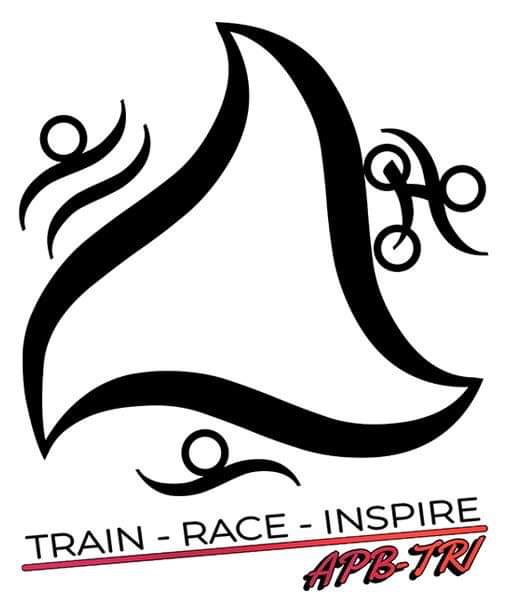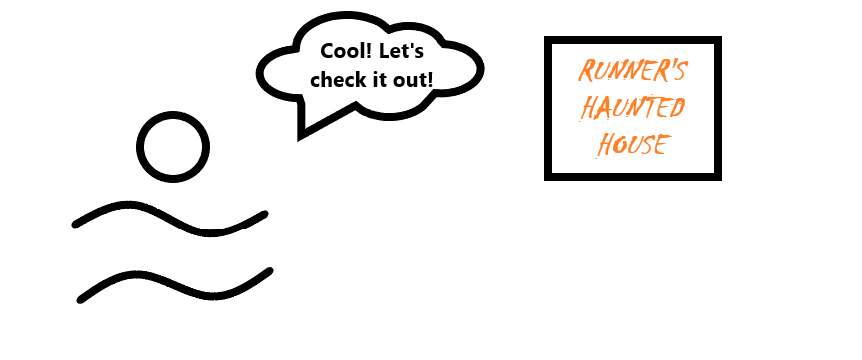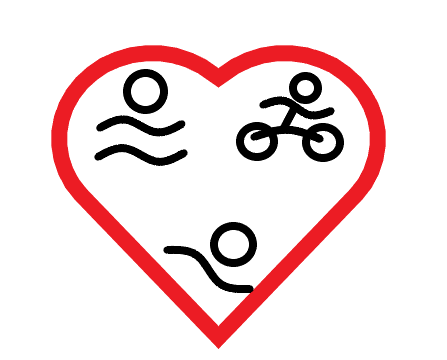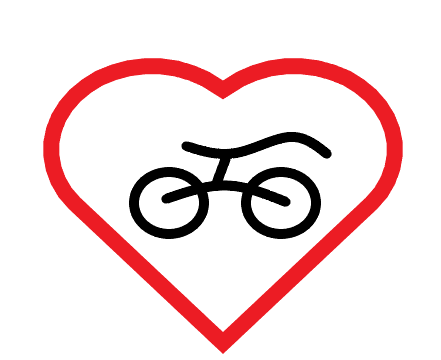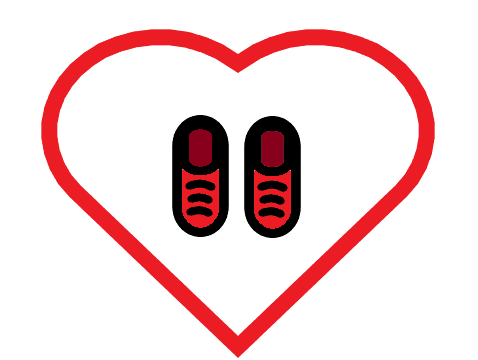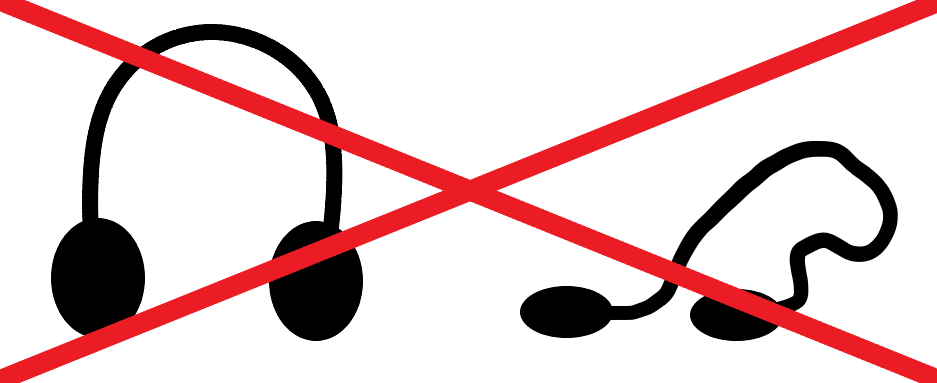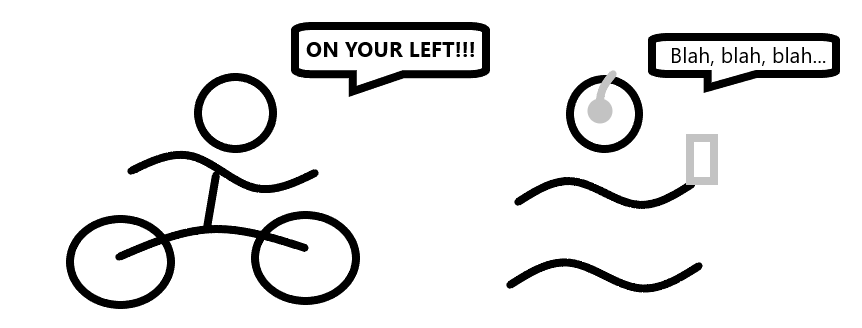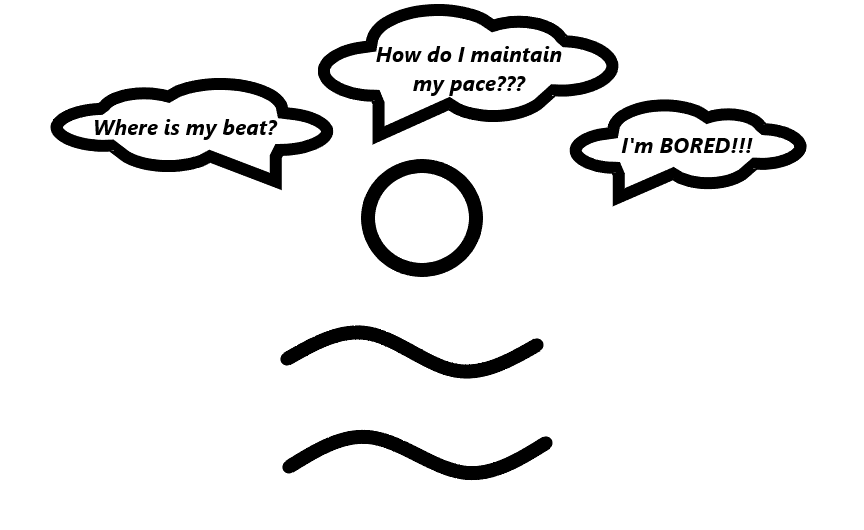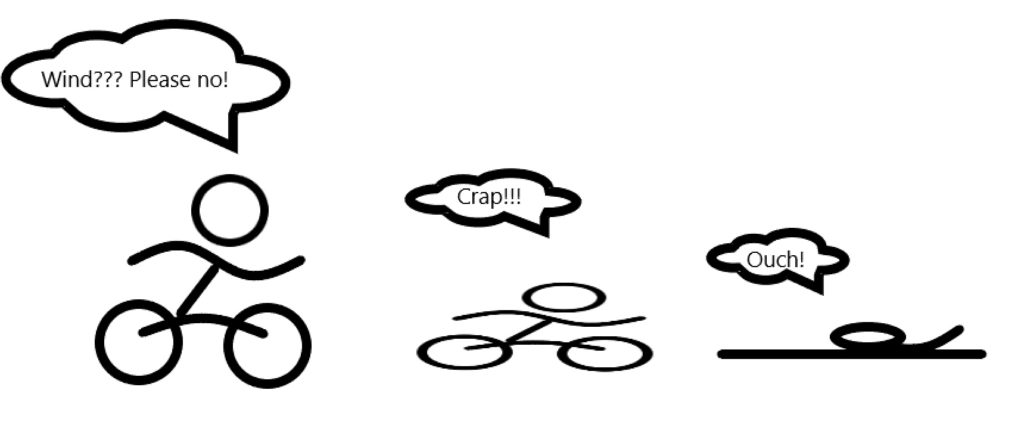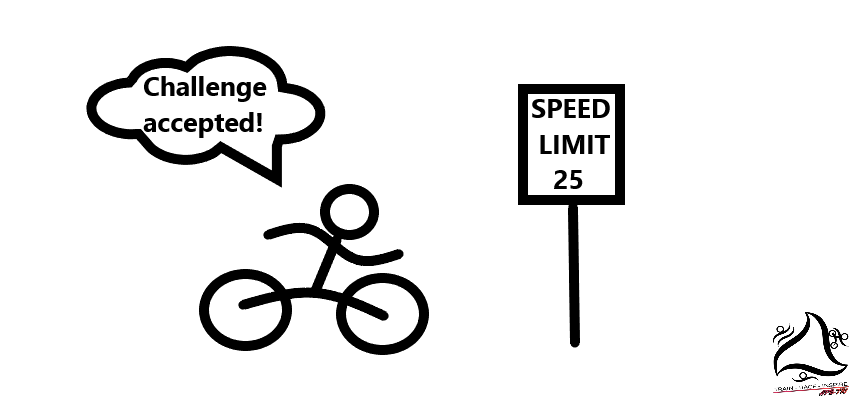When you are a triathlete, there is a good chance you are spending a significant amount of time in the pool. What comes with it? People. Plenty of them are nice, normal people. But as always with the public, you will encounter ‘those people’, too. Here are some of my ‘favorites’. I hope you enjoy 😁
Poop
Pool I go to is shared between adults, swim team, swim lessons and kids splashing around. Every now and then, one of these guys shows up:
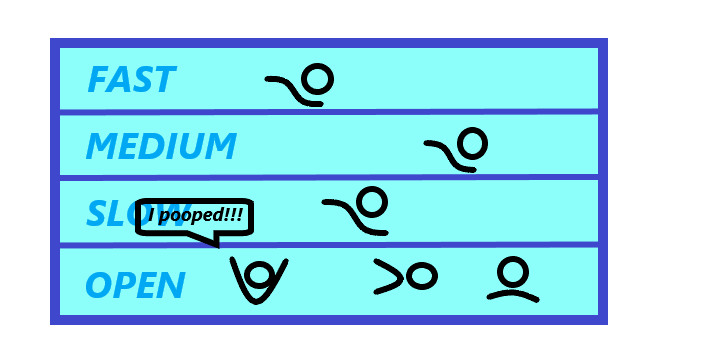
Ok, so usually they don’t tell anybody. I have been to the pool before when the family didn’t say anything and just scrambled away. Other swimmers didn’t discover until much later somebody pointed out there is poop in there. GROSS!!!
Don’t splash!
There is a lady at my pool who constantly yells at everybody around to stop splashing at her:
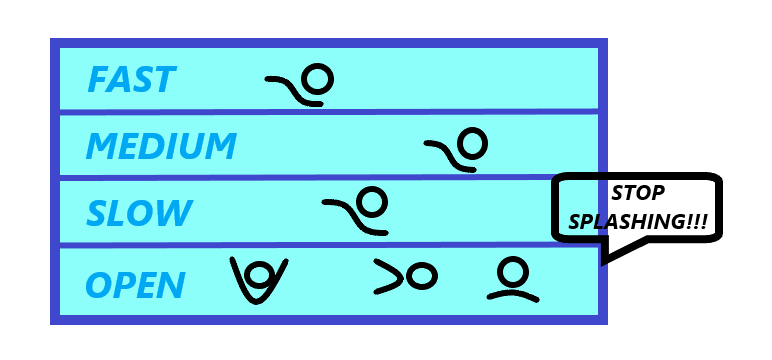
I am always tempted to ask her what was she expecting coming to the pool? We are not talking here about somebody maliciously going out of their way to splash at her. She gets mad at swimmers doing their regular workouts. What the???
Aqua aerobics
Actually, people doing their aqua aerobics or just walking in the pool are a whole new subject. This has happened to me and, based on some posts on Facebook triathlon groups, I am not the only one who suffered from this. When you are doing your regular laps, this person comes it:
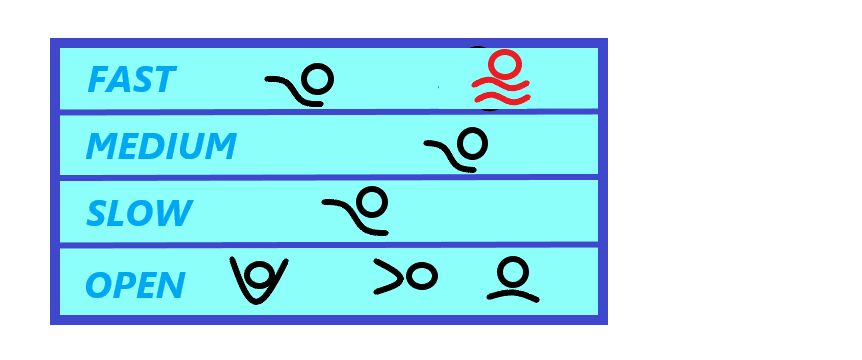
My pool doesn’t really have a division based on speed of one’s swimming. However, I think we can all agree that walking in the pool and flailing around with weights is not considered ‘doing laps’. By all means, do your workout. But by most people’s standards, you belong in the open lane, not the lap lane.
Wide strokes
Speaking of people who take up the lane making it hard for others to do their laps: wide strokes. I definitely agree that sometimes, you need to work on your breast stroke or butterfly. For many, that’s how they swim:
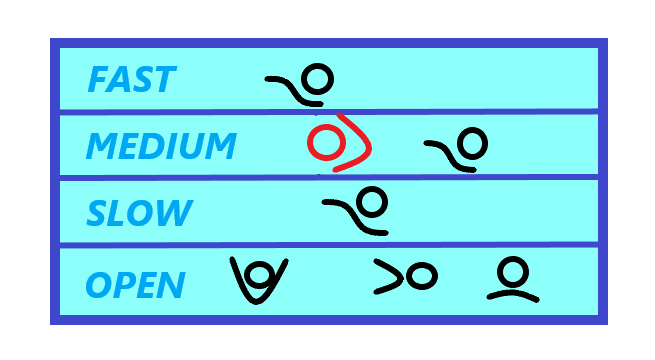
The thing though is that these strokes are really wide and frequently take up the whole lane. Maybe leave these workouts for when it’s emptier? Pretty please…
Wrong speed
People practicing their wide strokes are not the only ones causing issues for sharing. There is always this one guy:
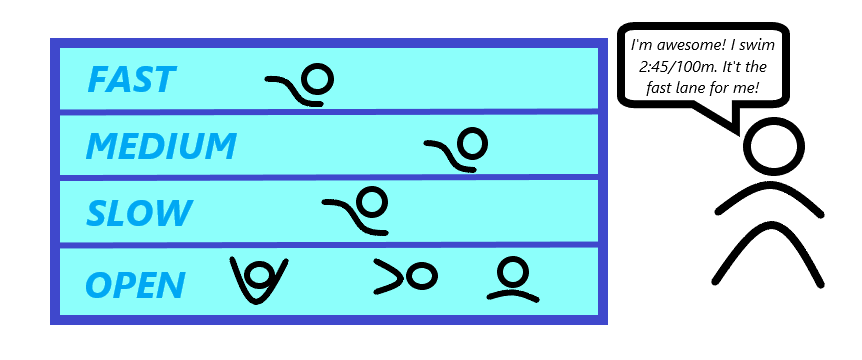
Sadly, many pools don’t mark what speeds are in each lane. However, it’s a good idea to take a look at how people are swimming, evaluate your own pace and go accordingly. It’s half a problem if you can split the lane in halves, but when swimming in circles is required, this does become an issue. Please be sufficiently self-aware not to be ‘that guy’.
Sitter
Speaking of people getting in the way in the pool:
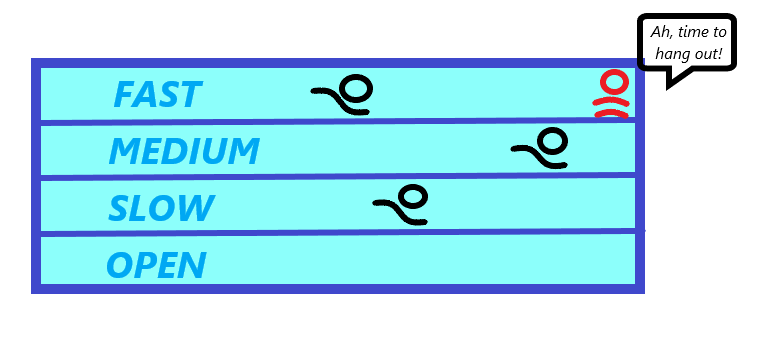
We all need a moment at times for variety of reasons. But as always, remember it’s a shared space. And it’s not your living room. If you are done, get out of the water. If you are taking a break between sets, stay in, but please move to the side, so people can easily turn at the wall.
Bad sharer
Don’t be like this guy:
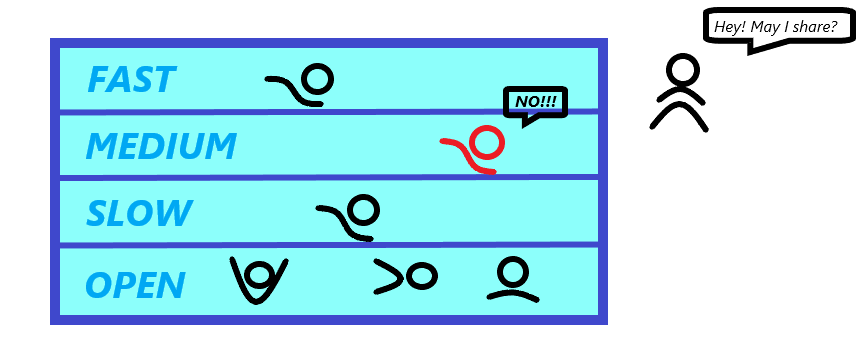
If the pool is crowded, asking if you can join is just a polite of saying ‘I’m getting in, move over!’ I don’t actually believe I have ever heard anybody say flat out no. I have heard and told people before that I only have a couple of laps left, so they can just wait a little bit and the lane will be theirs (especially when people have to go in circles). More often, it happens through more passive-aggressive ways, like swimming in the middle of the lane and refusing to move even a little to the side, so they can be passed (either overtaken or just passed coming from opposite direction). At my pool, there was a kid who used to do that and made the other swimmers start thinking that there should be an age restriction for the lap lanes. Another time, right after I turned, there was a kid who decided to start her swim and hit right into me. Everybody but the kid and the lifeguard (who wasn’t paying attention, as usual) thought the kid was being an a-hole and should have been politely asked to behave or leave. Still annoys me a bit…
Third wheel
Ok, so this one is more of a puzzle to me than annoyance:
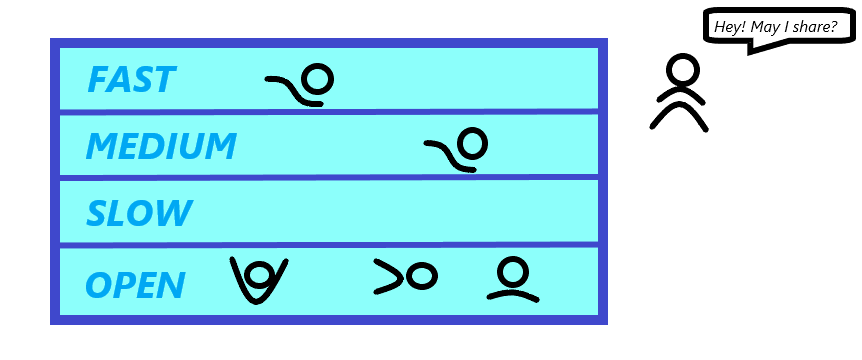
Why do people insist on sharing even if there is an open lane? (regardless of speeds). A couple of weeks ago, I was the only lap swimmer and there were two lap lanes. Some guy showed up and asked if he can share. I was mid-swim, so I didn’t even realize at first that next lane was empty. Oh, well. Eventually, one person got into that lane. Fast forward a few more minutes and a third guy showed up. Guess which lane he decided to join? If you guess the one where there was only one person, you’re wrong. He wanted to be the third person in my lane! I was already wrapping up, so I asked if he could wait two minutes and I would be out. But it still left me mystified: why???
Bottom line for going to the pool? It’s the same thing as whenever you go in public – there are people out there and things can get weird. I do my best not to let others get to me and usually I just laugh. Always remember that ‘sharing is caring’ and as a rule of thumb: if it would annoy you or make it impossible for you to do your training if somebody did it to you, don’t do it yourself!
Visit our shop for cool triathlete merchandise!
Subscribe to receive updates and exclusive content!
